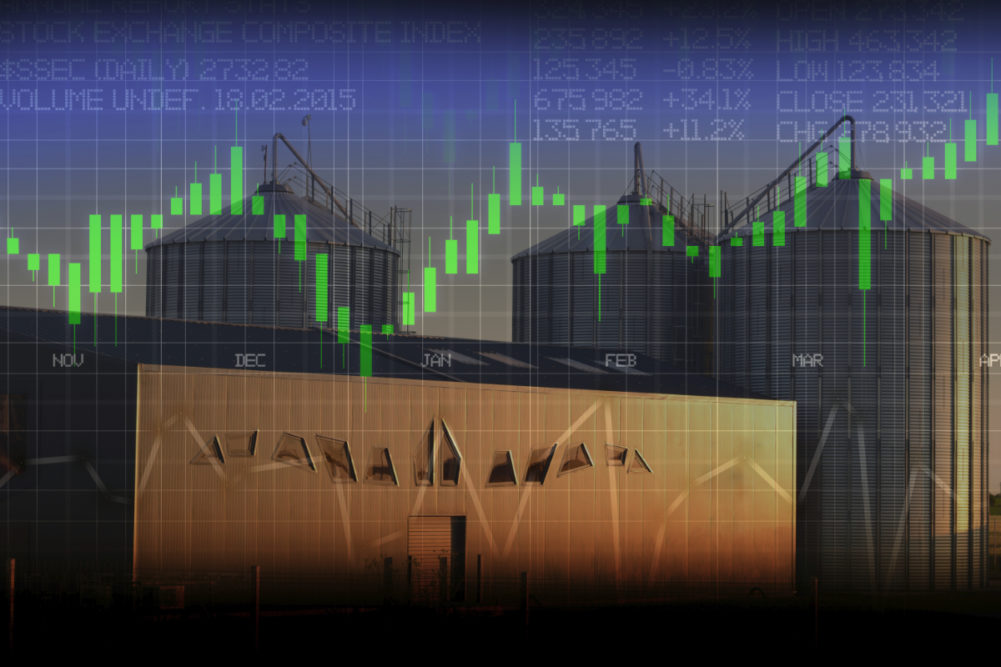DENVER, COLORADO, US – The US economy continues to outperform expectations as stimulus funds are fueling robust consumer spending. Consensus forecasts point to 7% GDP growth for 2021, the fastest rate of expansion since 1984, according to the new The Quarterly report from CoBank’s Knowledge Exchange. Inflation is inevitable, however, as the 2020 price declines will widen year-over-year inflation over the next two quarters, and new upward price pressure should push headline inflation above 3%.
The transition to a less COVID-restricted world has begun. But for the economy and rural industries, there will be no going back to pre-COVID conditions, according to the CoBank analysis. A transformed policy environment and awakened commodity markets are making way for a whole new operating environment, it said.
“The policy focus in Washington is shifting from crisis management to building for the future,” said Dan Kowalski, vice president of CoBank’s Knowledge Exchange division. “And the outcome of the president’s infrastructure plan will have substantial implications for rural water, power and broadband providers. Hundreds of billions of dollars in funding would reshape these industries and intensify the current focus on climate resilience and social equity.”
CoBank noted that the cyclical turn in grain pricing, driven by strong demand and tight stocks, continued during the first quarter of 2021 and has picked up further gains ahead of spring planting. While the backdrop for the grain and oilseed complex is positive, there are issues worth monitoring that could result in price volatility in the coming months. A recent surge of African swine fever (ASF) in Asian countries could temporarily slow soybean demand, the report said.
Financially strong US crop farmers should increase spending given a 3.1% increase in planted corn, soybean and wheat acres, it said. Fertilizer prices rose 42% during the first quarter and are now 96% above the trough level in May 2020. While much of the Midwest Corn Belt is free of drought, some areas of concern surfaced in late March.
The US fuel ethanol sector has recovered, with production running near 90% of pre-COVID levels. CoBank said the industry is adapting to new short-term and long-term realities, including changes in driving and work habits, policy directives on ethanol and fossil fuels and increased adoption of electric vehicles. Operating margins averaged near 10¢ per gallon but rose sharply in March to above 25¢ as fuel ethanol prices rose and natural gas prices fell.
US chicken prices started 2021 on a high note, climbing over 20% in the first quarter. These prices offset the double-digit rate of feed cost inflation and brought spot margins well into positive territory, the report noted.
CoBank said US beef demand has been incredibly strong in the first quarter despite the challenges in foodservice and the away-from-home dining sector. Strong demand and expectations for limited supply growth in the back half of 2021 have driven up cattle futures. The USDA expects beef production to decline by 3.5% in the second half of 2021, which has helped lift cattle prices nearly 15% above year-ago levels.
Strong first quarter demand for pork, coupled with indications of limited supply growth, has lifted hog sector profitability to levels not seen in many years. Concerns over feed and other cost inflation has taken a back seat to optimism for another year of strong pork exports and robust domestic demand as US consumer behavior slowly returns to normal. China has slowed its hog herd rebuilding due to increased ASF cases this winter, helping drive the positive outlook for the remainder of the year.
Combined cotton and rice planted acreage is expected to fall for the third consecutive year in the US, according to USDA’s latest projections, as acres shift out of pima cotton and all classes of rice.






